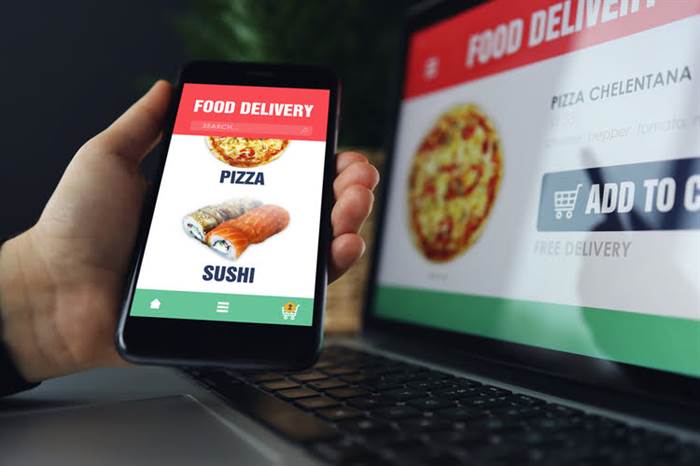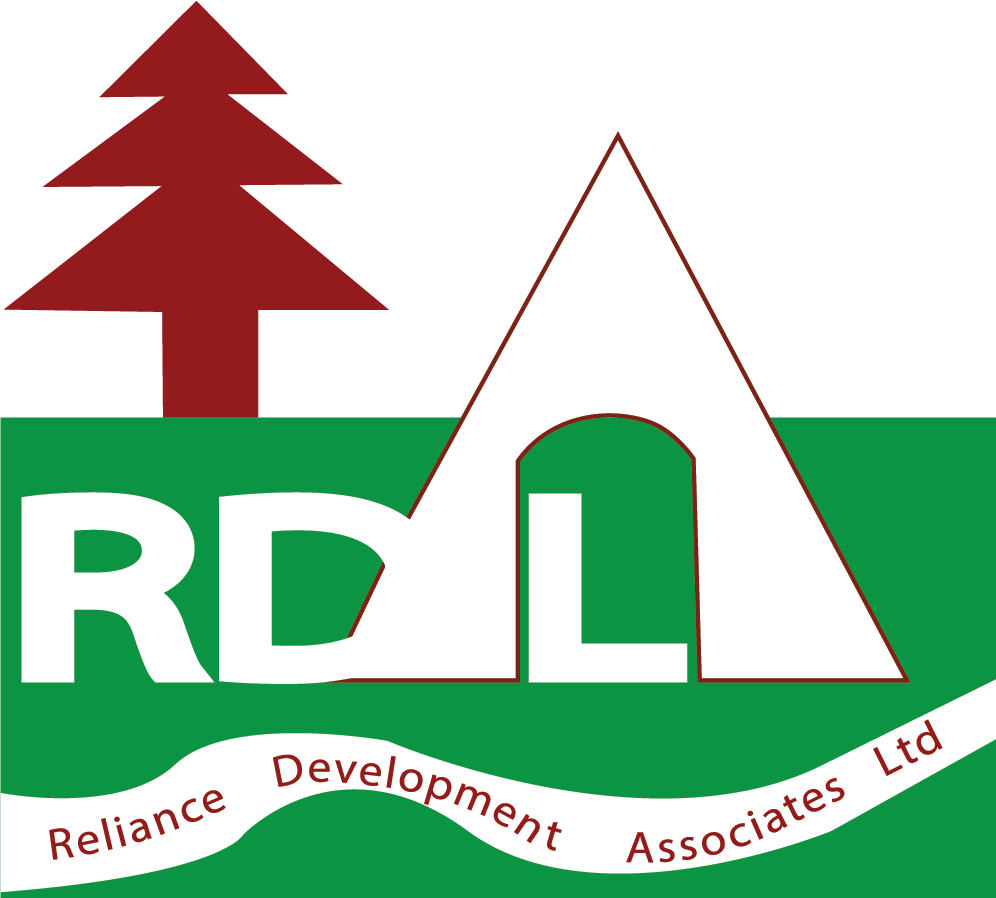Presents EC-PDTCH MAC-layer data rates in the range of 0.5–0.6kbps and 0.5–2.3kbps in the uplink and downlink, respectively. These data rates are applicable under extreme coverage conditions. Under such conditions, the network can configure the use of the highest supported modulation and coding scheme on the maximum number of supported time slots. Up to eight time slots can be supported by EC-GSM-IoT according to the 3GPP specifications, although it is expected that support for four or five time slots in practice will be a popular design choice.

In this context, the decision is a boolean expression comprising conditions and zero or more boolean operators. This definition is not the same as branch coverage, however, the term decision coverage is sometimes used as a synonym for it. The percentage of conditions within decision expressions that have been evaluated to both true and false. Note that 100% condition coverage does not guarantee 100% decision coverage. For example, “if (A || B) else ” is tested with , , then A and B will both have been evaluated to 0 and 1, but the else branch will not be taken because neither test leaves both A and B false.
Function Call Coverage
Branch Coverage is a white box testing method in which every outcome from a code module is tested. The purpose of branch coverage is to ensure that each decision condition from every branch is executed at least once. It helps to measure fractions of independent code segments and to find out sections having no branches. Some code coverage tools will yield 100% coverage because these two test cases result in the execution of every statement.
For the individual device the support of a flexible range of data rates in combination with a proper link adaptation equates to improved latency and battery life when radio conditions improve. To achieve 100% decision coverage, your test cases must demonstrate a true and false outcome for each decision. For instance, path coverage implies decision, statement and entry/exit coverage.
Condition Decision Coverage criteria(CDC) for software testing
Decisions are Boolean expressions composed of conditions and one or more of the logical C/C++ operators && or ||. Conditions within branching constructs (if/else, while, and do-while) are decisions. Decision coverage https://www.globalcloudteam.com/ determines the percentage of the total number of decision outcomes the code exercises during execution. Use this type of coverage to determine whether all decisions, including branches, in your code are tested.
- Thus in this example, the decision coverage will be reached with only 2 tests, and the branch coverage on source code reach 100% with a single test.
- Many paths may also be infeasible, in that there is no input to the program under test that can cause that particular path to be executed.
- Nevertheless, it is worth emphasizing that while the delivery time is affected by the number of UE in the unicast case, the SC-PTM has a performance that does not vary with the number of UE being served.
- If the age is less than provided value, that is 60, then the patient is not labelled as a senior citizen.
- Decision coverage is stronger that statement coverage and it requires more test cases to achieve 100% decision coverage.
This technique aims to cover the various conditions and its consecutive flow. A condition or predicate when evaluates to true must execute the next relevant line of code that follows. For instance, models can be used, e.g., to describe systems or tests. Correspondingly, they are referred to as system models and test models.
Statement Coverage
This code needs three test cases, one more for the case where test1() evaluates to false but test2() evaluates to true. The first step in the decision coverage testing is to scan the end to end operation of the program, and to locate the decision indicators throughout the code. Code coverage is a measure which describes the degree of which the source code of the program has been tested.

In most cases, code coverage system gathers information about the running program. It also combines that with source code information to generate a report about the test suite’s code coverage. ] is an open-source tool that generates test cases from models of finite-state machines or function nets. Both control-oriented and data-oriented models can be built by MISTA. The formats of the test cases cover several languages (Java, C, C++, C#, PHP, Python, HTML, and VB) and test frameworks . And provides a comparison of the different MBT tools based on the testing type, test selection, and test generation technology.
Important Points of Condition Decision Coverage (CDC)
This can result from mistakes made during the modeling process or from inadequately chosen coverage criteria. ] is used by DIVERSITY to use symbolic values for inputs rather than actual inputs to generate multiple test cases consecutively. Moreover, DIVERSITY provides functionality for validation of the MBT models to detect unexpected behaviors, such as deadlocks or overdesign of the SUT. This tool presents a simulation environment to simulate the abstract test cases against the FBD models, and also a search-based algorithm to generate executable test cases in C. •The low levels of coverage may have been the result of factor and levels chosen for the covering arrays not sufficiently modeling the possible inputs for each program.

Thus in this example, the decision coverage will be reached with only 2 tests, and the branch coverage on source code reach 100% with a single test. In branch coverage, all conditions must be executed at least once. On the other hand, in condition coverage, all possible outcomes of all conditions must be tested at least once. This code coverage testing method is used as abet to maintain the quality of the program and the logical decisions employed on it. In order to benefit from model-based techniques in a development process, some efforts must be expended, e.g., for introducing tools, training developers and testers, creating and maintaining models, etc.
Example of Condition Decision Coverage with 1 condition
But you have said branch/decision while they are not the same thing (according to e.g. Wikipedia). Stack Exchange network consists of 182 Q&A communities including Stack Overflow, the largest, most trusted online community for developers to learn, share their knowledge, and build their careers. Many candidates are rejected or down-leveled due to poor performance in their System Design Interview. Stand out in System Design Interviews and get hired in 2023 with this popular free course. Please try again later or use one of the other support options on this page. The higher the probability that defects will cause costly production failures, the more severe the level of coverage you need to choose.
If the results are unmatched, then the message ‘Your answer is wrong’ will be displayed. Hence this code consists of two possible logical decisions, and testing the scope of this code can be called as the Decision Coverage Testing. The Decision Coverage Testing what is decision condition coverage is expected to be implemented on every single one line of the program, and identify the possible decision making stream in the codes. This track of code testing is known to be an important step in the application development and program building process.
Our scalable workforce is specializing in the following areas of software development
The building blocks of TMAP give you all the guidance you need to meet the testing and quality challenges in your specific information technology environment. It is a misunderstanding that by purely syntactic rearrangements of decisions which do not change the semantics of a program can lower the difficulty of obtaining complete MC/DC coverage. It is also highly recommended for SIL 4 in part 3 Annex B of the basic safety publication and ASIL D in part 6 of automotive standard ISO 26262. Neither of these is necessarily the same as Full path coverage, when you traverse every path from the start node to every end node. Software Engineering Stack Exchange is a question and answer site for professionals, academics, and students working within the systems development life cycle.
